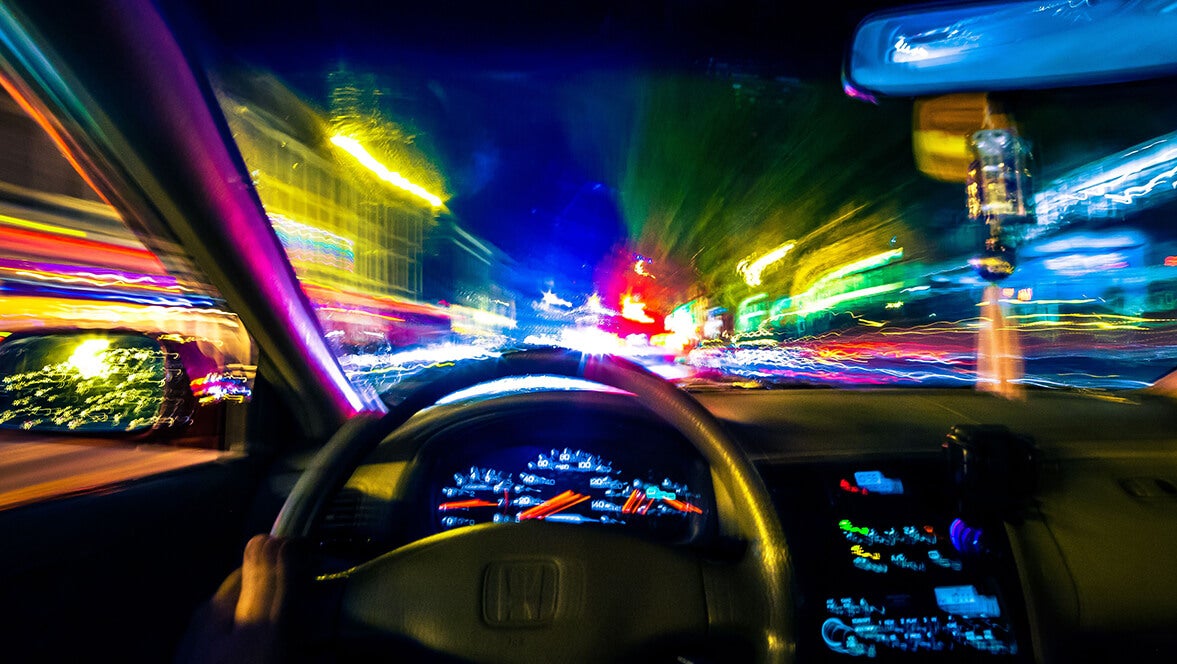
Heineken’s When You Drink Never Drive (WYDND) campaign is an excellent example of how to effectively use mobile technology to change user behaviour. This is how it rolled out.
The challenge: According to Arrive Alive, drunk driving is one of the biggest threats to road safety in South Africa. It is estimated that 50% of people who die on the road have a blood-alcohol level above 0.05g per 100ml. So how do you design a campaign that respects teetotallers, but also allows drinkers – the core target audience – to enjoy a drinking night out? The challenge is instigating a mindset change, considering 87% of drivers in South Africa have at some point driven under the influence of alcohol.
The idea: Waze is a community-driven navigation app that is well established as both a map application and an invaluable partner for any driver. The app receives over 100K daily navigations in South Africa. Over the past few years, drivers have used Waze to identify where there are metro police roadblocks, especially when leaving bars or restaurants. This behaviour gave Heineken the perfect opportunity to stage a disruption.
The strategy: WYDND is based on the idea of intercepting and disrupting key moments:
1. When searching for a drinking venue.
2. When in close proximity to a drinking venue.
3. When leaving a drinking venue.
The execution: The Waze platform is associated with intercepting and disrupting key moments that have a high chance of drunk drivers being caught. Harnessing the power of this feature, WYDND plotted 100 key Heineken outlets on Waze. When users searched for one of these outlets, they were made aware of the dangers of drinking and driving – even before they navigated to the outlet (first moment of disruption).
Takeovers, which nudge drivers from intent to action, were activated as soon as users came within close proximity of an outlet (second moment of disruption). The takeover reinforced the message of the dangers of drinking and driving and offered an Uber voucher as an alternative to driving.
Arrows, which reach the user before they begin their treacherous journey home, were utilised to target users that were potentially leaving key outlets (late afternoons and evenings – third moment of disruption). If a driver opened the app to navigate their way home (close to a Heineken outlet), they could engage with the arrow and were sent the WYDND message to discourage them from driving.

The results: The campaign ran for 33 days and in that time, Waze delivered over 3 million impressions of the WYDND message during highly receptive moments. A staggering 100% Uber vouchers were downloaded and 9,800 educated navigations were achieved. In addition, they achieved a 78% user-redemption rate and 17,000 clicks – proving you can change consumer behaviour by driving awareness and then providing consumers with an alternative to driving with a blood-alcohol level above the legal limit.
‘Mobile technology has the unique ability to change user behaviour in real time, allowing consumers to make a smarter and safer choice, before making a bad one,’ says Robyn Willmore, Head of Digital for Dentsu Red Star.

